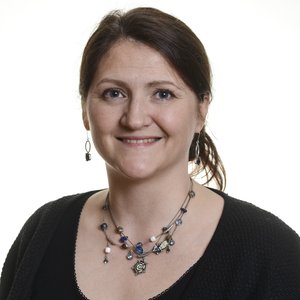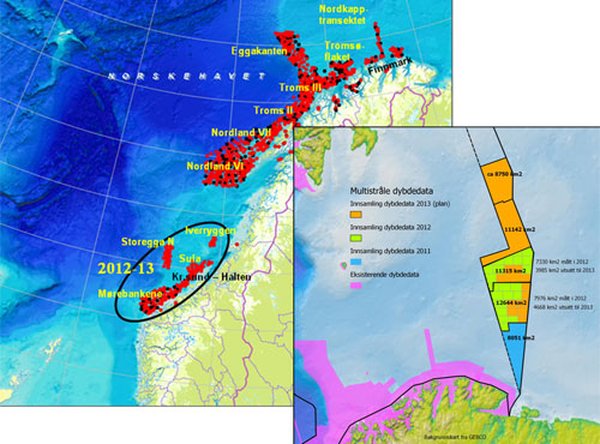Contact

Lilja Rún Bjarnadóttir

Hanne Hodnesdal

Stepan Boitsov




Kartlagte områder i perioden 2006–2012 utenfor norskekysten og det tidligere omstridte området i Barentshavet. I sistnevnte område ble det startet dybdmålinger i 2011, mens biologisk, geologisk og kjemisk prøvetaking starter i 2013. Røde punkter er videostasjoner (700 m lange linjer), mens sorte punkter viser stasjoner med fysisk datainnsamling (grabb, slede, bomtrål, multicvorer).På kartet MAREANO-stasjoner er det flere detaljer om stasjonene.









